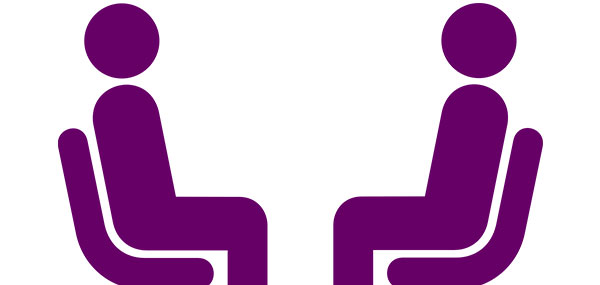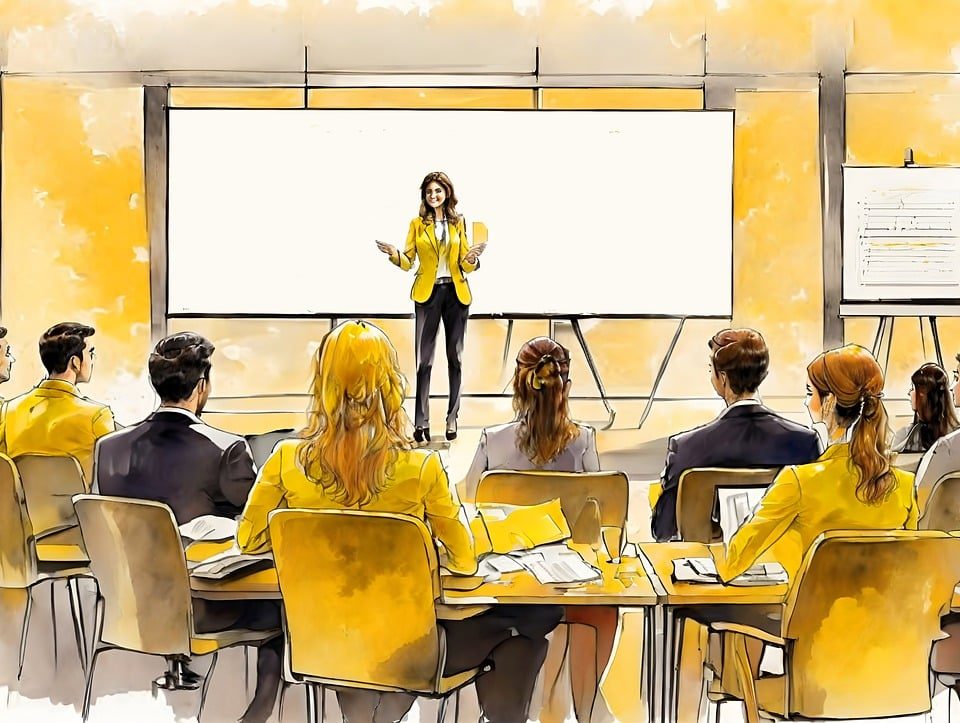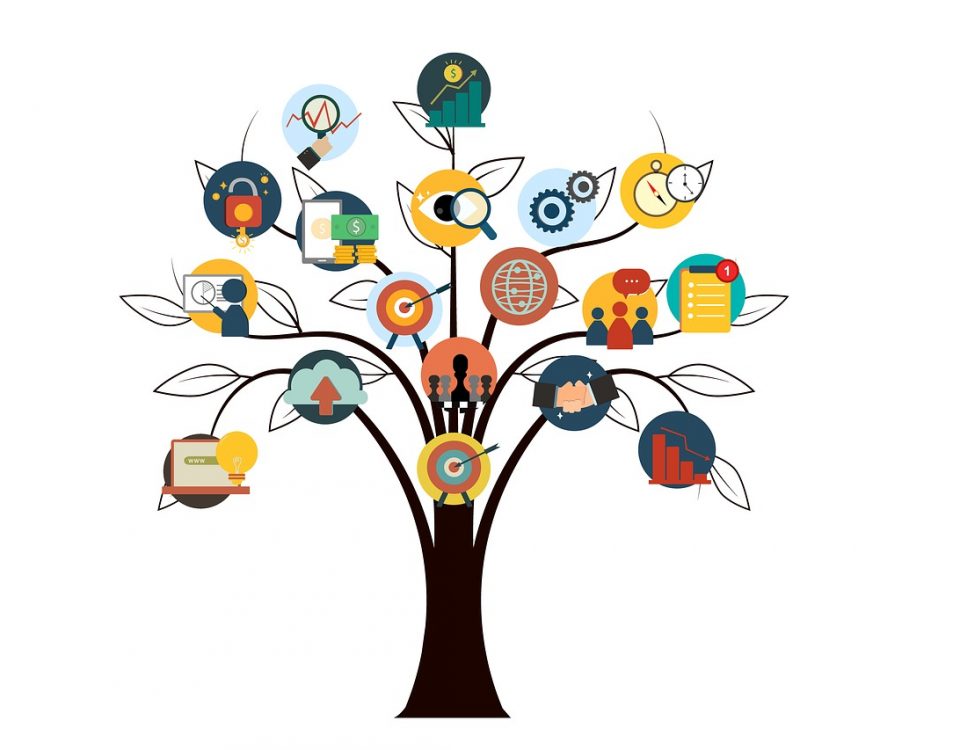- Stronger Customer Relationships
- +1-949-878-7411
- ramana@varasi.com
10 Tips for Requirements Gathering Interviews on your CRM Projects

- Prepare a list of objectives you are seeking from the interview. If you can’t list 2-3 things you want from the interview, you don’t have a game plan
- Is it to get an understanding of the current process for sales / service?
- Is it to get opinions on what could be improved in the current processes?
- I prefer interviewing in pairs, so you can divide the interviewing and scribing responsibilities. If you are a consultant, it is a good idea to pair up with the client’s Project Manager for client interviews.
- Begin the interviews with a brief description of the project background & objectives and specific objectives you have for the meeting. It is a good idea to point out at the outset, that the focus of the conversation is to understand the current state, pain points and requirements for future. Beyond a broad overview, resist the temptation to discuss features and capabilities of the product in depth or turning the requirements interviews into design sessions. For example, on a Salesforce Sales Cloud implementation, a broad overview of the Leads, Opportunity Management capabilities of Salesforce is useful but using that to scope or limit the conversation would not serve the purpose.
- Start with broad and open ended questions and then go into specific, detailed ones. Developing rapport with the interviewee is important. Be mindful of a defensive mindset the interviewee might have, depending on the project context.
- A good structure to have in mind when you are framing questions to get the details of a process during the interview is - Who, What, Where, When, Why and How. Who needs what and why do they need it? When and how frequently do they need it, where is the transaction conducted? How is it accomplished today?
Many requirements are along the lines of someone using or producing some information, in order to accomplish something. - Break up the long questions. Simplify so that the interviewee is being asked for one thing at a time.
- During the interview, paraphrasing what you hear from the interviewee in your own words, is a good idea. It inspires confidence that you understand and have made a note of what is being said. Paraphrasing does not equate to repeating or echoing though!
- Body language is important. Adopt postures that show keenness and interest.
- Sharing a work-in-progress artifact is an effective way to get interviewees to have a stake in the deliverable by completing the picture for you. I carry a one-page incomplete context diagram or a macro process flow capturing my understanding of current state thus far, to my interviews. This is an example of an artifact to communicate what you know and don't know yet about the current state to the interviewee.
- Ask for suggestions from the interviewee on additional people to meet in the organization given the context of the conversation. Follow up at the end of interviews with an email summarizing key points and any clarifying questions you need answers to.



